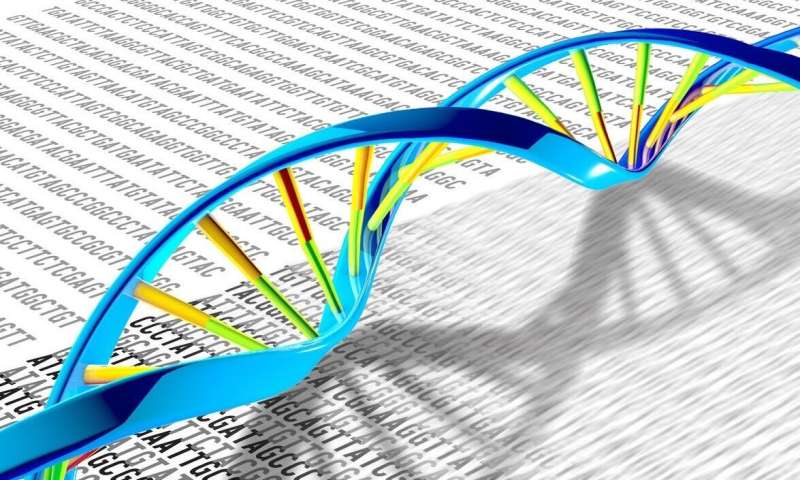In a paper published in the journal Nature Biotechnology, researchers at UT Southwestern Medical Center introduced lipid nanoparticles—hollow, fatty spheres often 100,000 times smaller than the thickness of a piece of paper—that seek out and enter both lung and liver cells. This is significant because lipid nanoparticles tend to gather naturally in the liver versus other organs and tissues.
In mice genetically engineered with a mutation causing alpha-1 antitrypsin deficiency, these selective organ-targeting lipid nanoparticles delivered a payload of curative gene therapy, correcting about 40% of liver cells and 10% of lung cells affected by the disease. This also reduced levels of an abnormal protein associated with the genetic condition by over 80%.
“[The researchers] are getting results that haven’t been gotten before,” said Dr. Terence Flotte, a pediatric pulmonologist and dean of the University of Massachusetts T.H. Chan Medical School, who was not involved in the study. “It looks pretty darn convincing to me.”

